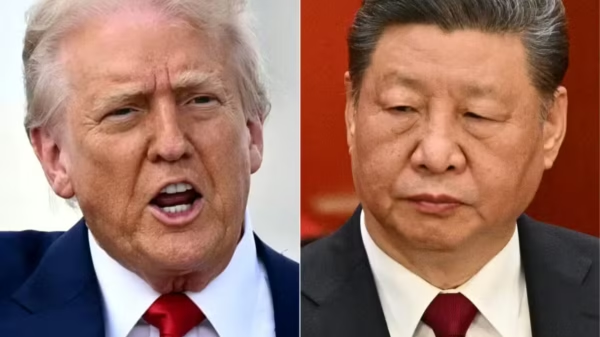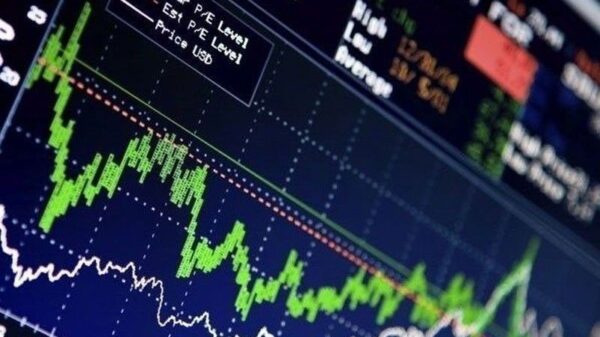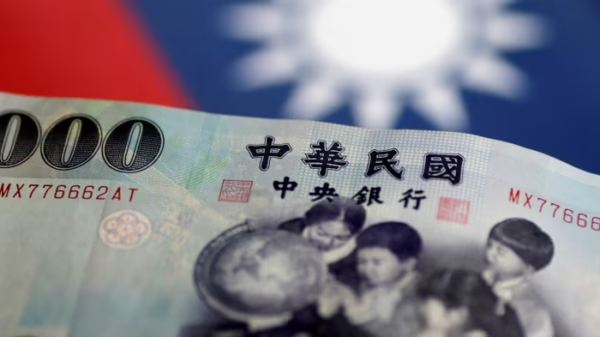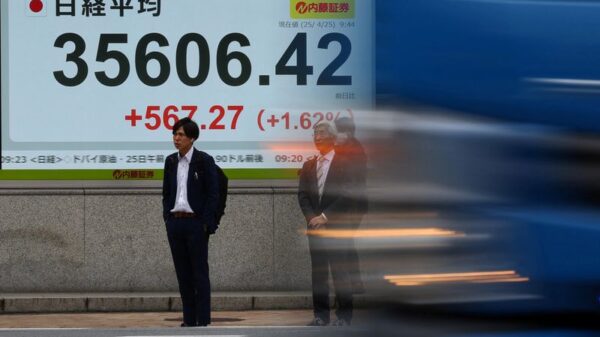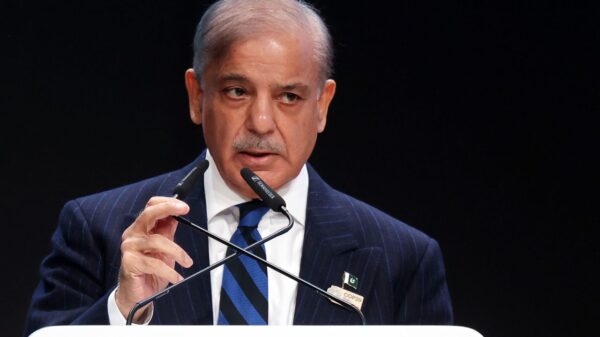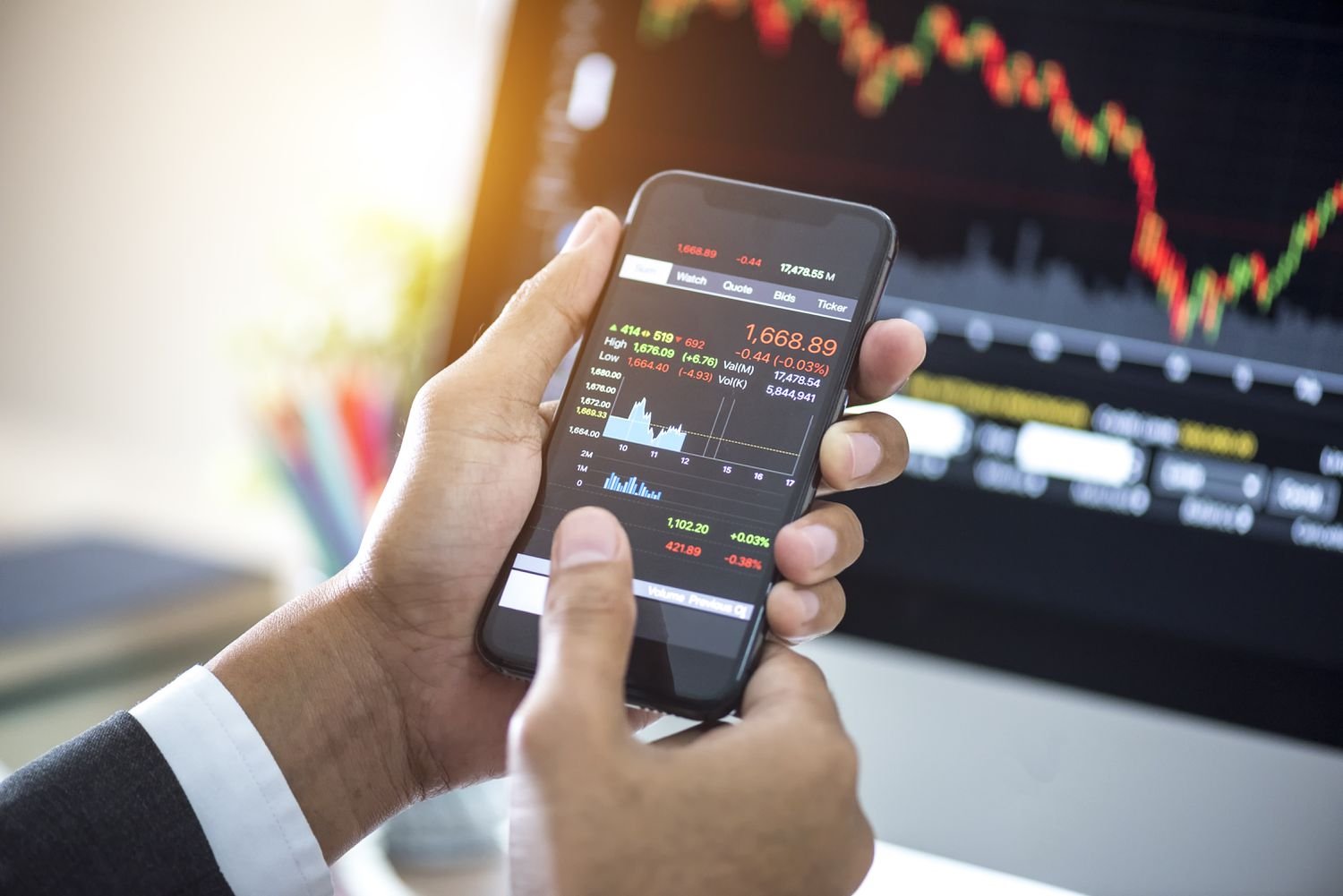Introduction
Forex trading, also known as foreign exchange trading, involves buying and selling currencies in the global marketplace. Traders aim to profit from the fluctuations in exchange rates by analyzing various factors that influence currency values. One crucial aspect of forex trading is keeping track of economic indicators, which provide valuable insights into the health and performance of different economies. In this article, we will explore how traders can leverage economic indicators to enhance their forex trading success.
Understanding Economic Indicators
Economic indicators are statistical data points that reflect the overall economic performance of a country or region. These indicators are released by government agencies, central banks, and other organizations on a regular basis. Traders analyze these indicators to gauge the strength or weakness of an economy, as well as to predict future trends.
Key Economic Indicators for Forex Trading
There are several key economic indicators that forex traders should pay attention to:
- Gross Domestic Product (GDP): GDP measures the total value of goods and services produced within a country’s borders. A higher GDP indicates a stronger economy, which can lead to a stronger currency.
- Employment Data: Employment data, such as the unemployment rate and non-farm payrolls, provide insights into the labor market. A low unemployment rate and increasing job growth are generally positive signs for an economy.
- Inflation: Inflation measures the rate at which prices for goods and services rise. Central banks closely monitor inflation as it affects interest rates and purchasing power. Traders need to consider inflation data when making trading decisions.
- Interest Rates: Interest rates set by central banks have a significant impact on currency values. Higher interest rates attract foreign investors, leading to increased demand for a currency.
- Trade Balance: The trade balance reflects the difference between a country’s exports and imports. A positive trade balance (surplus) indicates that a country is exporting more than it imports, which can strengthen its currency.
Using Economic Indicators in Forex Trading
Now that we understand the importance of economic indicators, let’s explore how traders can leverage them for forex trading success:
- Stay Informed: Traders should stay updated on the release dates of key economic indicators. Economic calendars are available online and provide information on when these indicators will be announced.
- Analyze Market Expectations: Before an economic indicator is released, there are often market expectations or consensus forecasts. Traders should compare the actual data with these expectations to gauge the market’s reaction.
- Monitor Currency Pairs: Different economic indicators can have varying impacts on currency pairs. Traders should identify which indicators are most relevant to the currencies they are trading and focus on those.
- Technical Analysis: Economic indicators can be used in conjunction with technical analysis to identify potential trading opportunities. Traders can look for patterns or trends in the price charts that align with the economic data.
- Use Stop Loss Orders: Economic indicators can cause significant volatility in the forex market. Traders should use stop loss orders to manage their risk and protect their capital.
Conclusion
Leveraging economic indicators is essential for forex traders looking to enhance their trading success. By staying informed, analyzing market expectations, and using economic data in conjunction with technical analysis, traders can make more informed trading decisions. However, it is important to remember that no single economic indicator should be the sole basis for trading decisions. Traders should consider a combination of factors and use economic indicators as one tool in their overall trading strategy.









